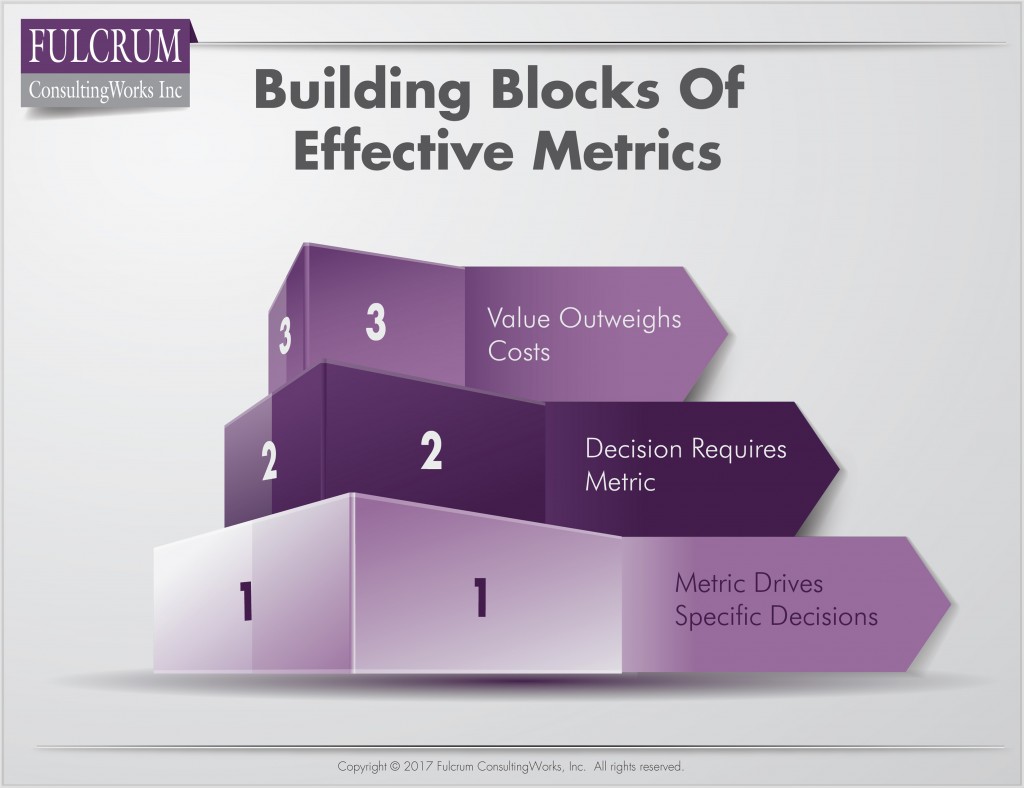Why do executives struggle defining metrics that help them run the business? I am going to share three primary reasons, how to overcome them, and tips to evaluate your Key Performance Indicators (KPI’s).
First, it’s easy to resort to the obligatory metrics. Those that every company seems to measure. For manufacturers, it’s often things like equipment utilization or labor efficiency. Those metrics always cost something to receive, and never drive good decision-making. You may find that counter-intuitive, since everyone seems to measure them. But neither of those two metrics tells you what you need to know about your operations. For example, unplanned downtime is a vastly superior metric that should drive decision-making. So are takt boards at the point of the work, which allow you to see problems and act immediately. Don’t waste money reporting metrics just because the company down the street uses it, even if it sounds good in a conference room.
Next, we all too often waste time and money collecting data that is too untimely or inaccurate to improve decision-making. Monthly accounting reports fall into this category. Some of them are needed for compliance purposes, but when is the last time you said: “I can’t make that decision until I see the month-end accounting report?” Good metrics are visual, available real-time, and located at the point where decision-making is typically made. And most importantly, they drive decision-making.
Lastly, we often track metrics that do not provide clear interpretation. If in discussing a metric you find yourself saying “but product mix impacts that” or “well, it depends,” your metric is not well-defined.
Here are three ways to measure the effectiveness of your metrics, and ensure the ones you end up with help you run your business better.
- You can list one or more decision that you will make, based on the value or direction of the metric. If you can’t do that, the metric is interesting but irrelevant.
- If a metric is so important that you won’t make a specific decision without reviewing it first, it’s probably a good one.
- The value of improved decision-making because of the information outweighs the costs of reporting the metric.

If you want to run your company “by the numbers,” make sure ‘the numbers’ help you run your business better. If you realize that good processes drive good results, ensure your KPIs assess processes, not people.
Assess your current KPIs using the three measures I just provided. Eliminate, modify, or retain so your KPIs are key to the quality of your decision-making.
As published in AME’s Target Online

